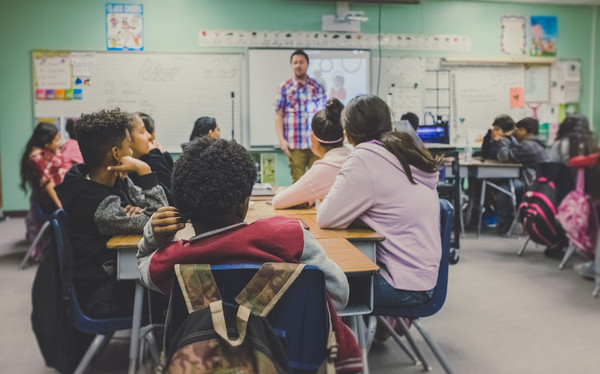BEYOND project releases report on developing methods for transitioning efficiently towards inclusive education

The Erasmus+ ‘To Inclusive Education and Beyond’ project published a report, 'Study on developing methodologies for an effective transition to inclusive education', which analysed the extent of inclusion in the field of education through the eyes of co-production. The BEYOND project focuses on inclusive education at all levels to ensure persons with disabilities get the opportunities they require to reach their full potential. EASPD is among one of the few partners of this project.
To read the full report, click here.
The report sheds light on the importance of co-production and how it can be used to support inclusive education. In the report, co-production is defined as a working practice by which all relevant stakeholders play a role in the design and delivery of a service or product. It is a joint and inclusive method.
With the use of the co-production methodology, stakeholders can together work to remove the barriers and challenges that may be present in the transition towards inclusive education settings. Importantly, in this co-production process, persons with disabilities should be fully involved in all the decisions being taken.
The study found that although co-production is necessary, it does not live up to its full potential. It has to be accompanied with actions on a transnational level and a concrete paradigmatic shift in the way inclusive education is conceived. It is important to take into account the impact of a global pandemic on achieving the goal of inclusive education. This report gave an optimistic take on the opportunities created by COVID-19 to reach this goal.
An interesting conclusion was that during the pandemic a lot of administrative work, taken on by educators, went quite smoothly with increased usage of digital tools. Due to this ease, teachers were able to explore different ways to make connections with students and forced individuals to reinvent social bonds.

